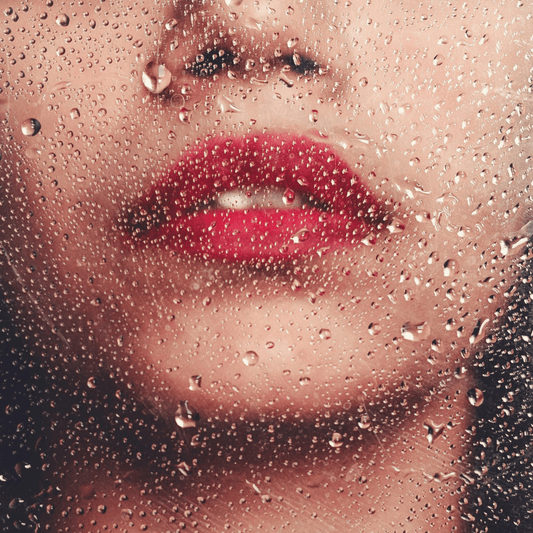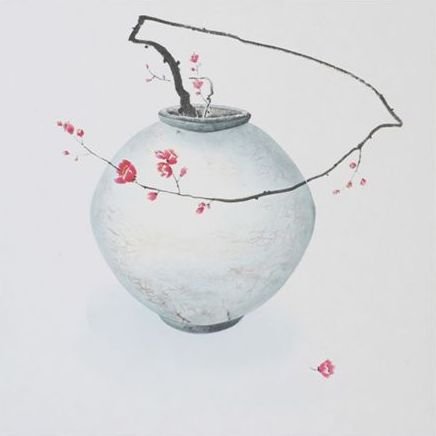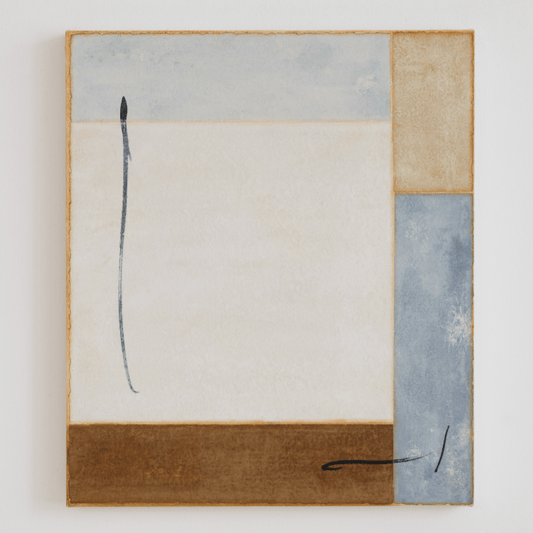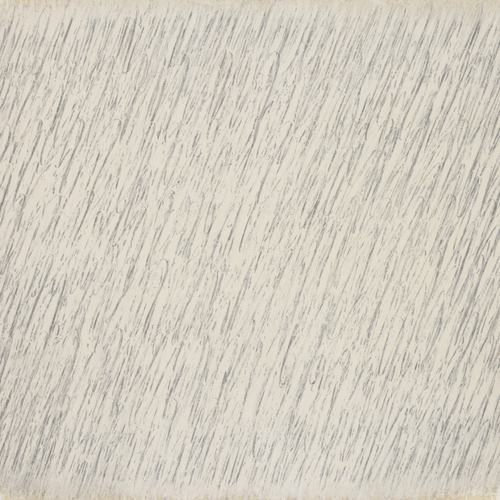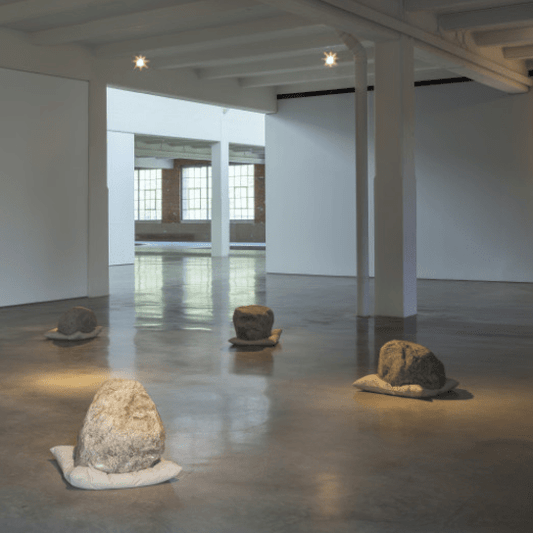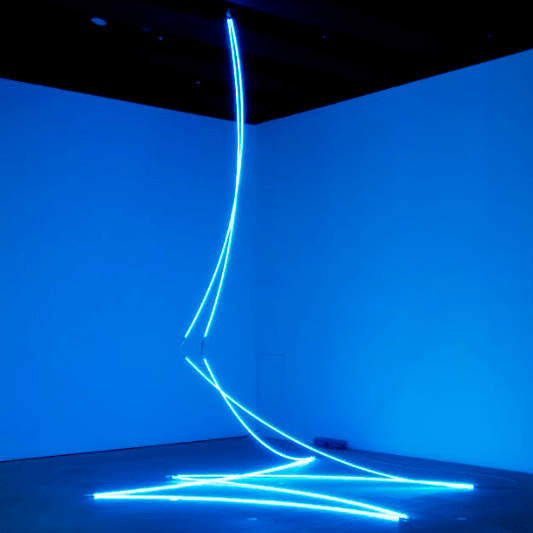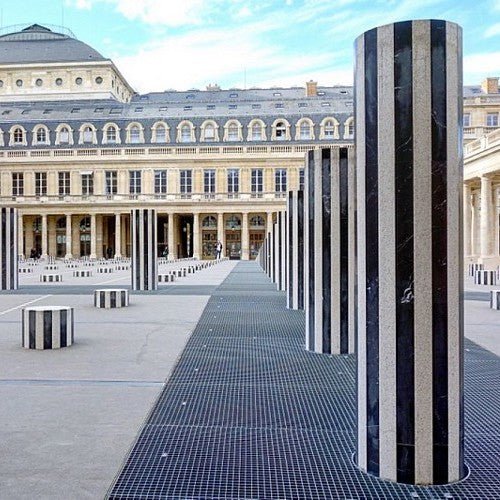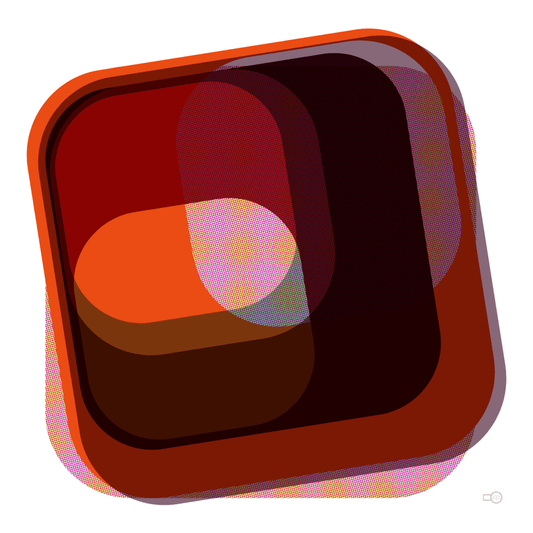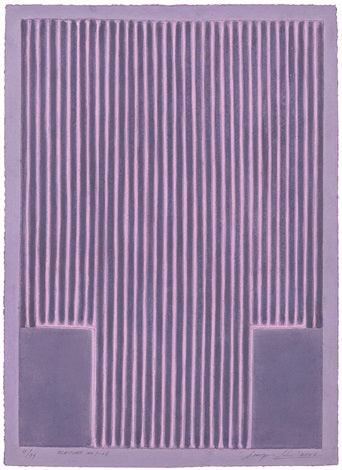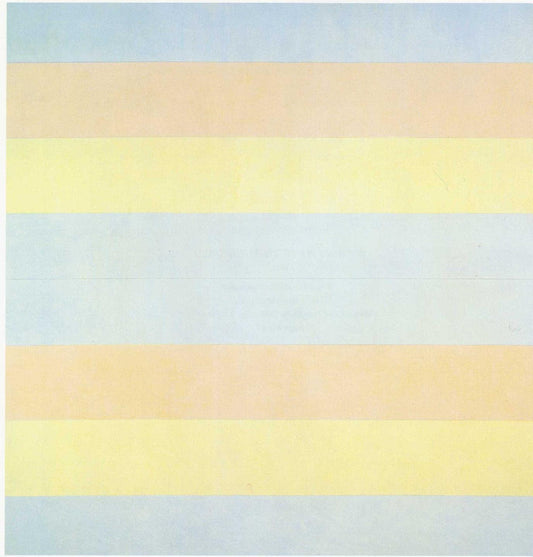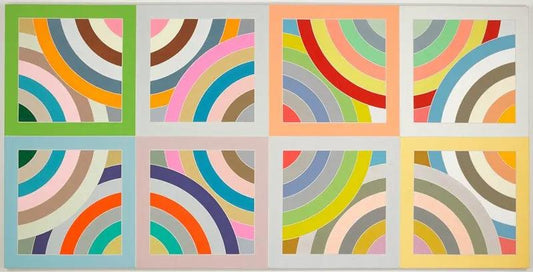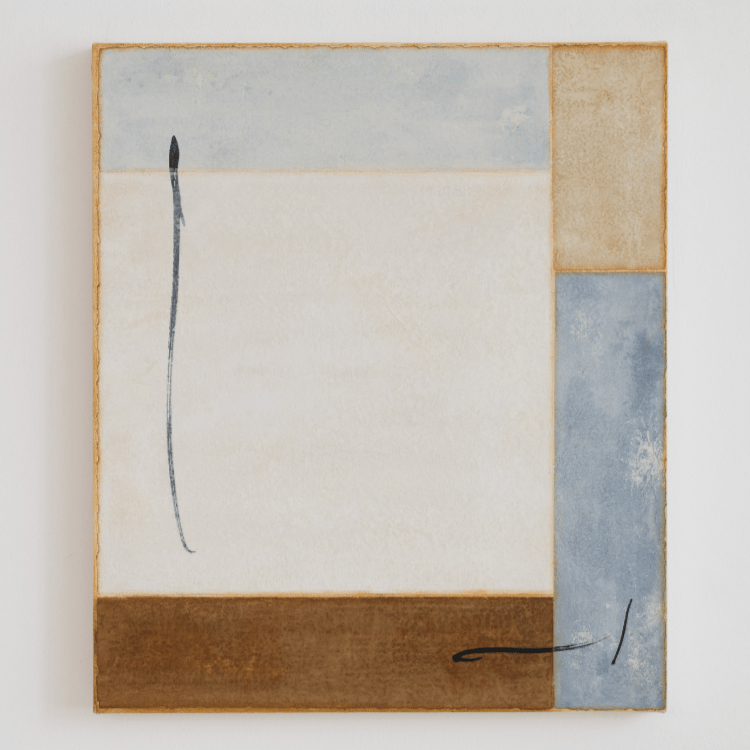
Sung Yeon-Hwa: A Fusion of Korean Tradition and Minimalist Modernity.
The contemporary art scene is witnessing a remarkable wave of artists who seamlessly blend tradition with modernity. Among them, Sung Yeon-Hwa stands out as a rising South Korean artist whose abstract, minimalist paintings evoke a sense of tranquility and meditative silence. Her work reinterprets traditional Korean materials and artistic techniques, creating a unique visual language that bridges the past and present.
The Essence of Sung Yeon-Hwa’s Art
At the heart of Sung Yeon-Hwa’s creations is the harmonious interplay of lines and planes. She masterfully employs hanji, a traditional Korean paper known for its delicate yet durable texture, as a foundational element in her work. This material, deeply embedded in Korean heritage, becomes a vessel for contemporary expression in her hands.
Additionally, her art draws inspiration from Korean calligraphy, not merely as a form of written communication but as a source of dynamic energy. Through spontaneous brushstrokes, Sung infuses her pieces with a rhythmic, almost meditative flow, reminiscent of traditional ink paintings yet strikingly modern in their abstraction.
Sung Yeon-Hwa finds warmth in old things and selects hanji and color as the primary materials for her work. She rubs handmade hanji with a stone to create a rough texture and bakes the paper into a rectangular shape using incense before placing it on the canvas. Following the traditional Korean painting technique known as ‘Jungbong’ (중봉기법), she applies multiple layers of pigment, adjusting the concentration of color. She then enhances the hues with acrylic paint and finishes with a paraffin coating, creating a distinctive Eastern painting with a strong matière.
On the paraffin-coated hanji, which gains depth through this process, she draws thin, elongated abstract lines using the ‘Galpil’ (갈필) technique, employing a calligraphy brush. Her liberated strokes, breaking away from traditional calligraphy, interact with the stable vertical and horizontal structure of the hanji, resulting in a delicate yet tension-filled composition. Each piece contains only a single stroke, which, once drawn, cannot be altered or corrected. This final step is both the completion of the artwork and a profound representation of the artist herself.
Bridging Past and Present
Sung Yeon-Hwa’s work exemplifies a dialogue between history and innovation. Her compositions, though minimalist in nature, carry profound depth, inviting viewers into a realm of quiet introspection. The subtle layering of textures and the interplay of negative space reflect the philosophical essence of Korean aesthetics—where simplicity embodies complexity, and emptiness is as significant as presence.
Her approach aligns seamlessly with Brynn’s philosophy of presenting Korean minimalism and modernity to a global audience. By transforming traditional materials into contemporary artistic expressions, Sung reinforces the relevance of Korea’s artistic heritage in today’s world, demonstrating how the past can inform and enrich the present.
Sung believes that the essence of abstraction lies in the power of storytelling. Ultimately, what she conveys through her work is her own narrative. She recalls a childhood spent doodling and cutting paper, a time when life moved slowly yet naturally and abundantly. The warmth-filled space where she grew up, and the serene emotions and scents given by her parents, provided a sense of deep peace and comfort. These fundamental and quiet moments from her past, now lost in the digital age, serve as traces of an analog era. She transforms those emotions into abstract art, bringing them back to us through her unique aesthetic vision. Her process of baking hanji with incense and applying paraffin reflects her belief in analog aesthetics. Jeong Jong-Hyo, a curator at the Busan Museum of Art, describes her as "an artist obsessed with finding peace in her memories and conveying it to others through analog methods, resisting the digital era."
The Future of Korean Minimalist Art
As Sung Yeon-Hwa’s influence continues to grow, her work serves as a beacon for those who appreciate the understated elegance of minimalist art. She not only preserves Korean artistic traditions but also propels them forward, ensuring their place within the ever-evolving global art landscape. With each brushstroke, she invites us to embrace tranquility, reflect on the passage of time, and experience the profound beauty of simplicity.
In a fast-paced world, Sung Yeon-Hwa’s art stands as a reminder that silence and stillness can speak volumes. Her ability to weave tradition into modernity offers a fresh perspective on Korean aesthetics, solidifying her place as a significant figure in contemporary art.
Artist Introduction
The brown-toned Serenity embodies fragments of the artist’s cherished memories. Despite making her debut with her first solo exhibition in 2019, she has been invited to nine solo exhibitions, gaining recognition in the Korean art scene as an emerging talent. Beyond Korea, she has participated in numerous international group exhibitions in France, Spain, and the United States. Notably, in 2021, her works were sold out at the LA Art Show, and in 2022, at Focus Art Fair Paris and Art Miami, showcasing her growing popularity in the global art market.

